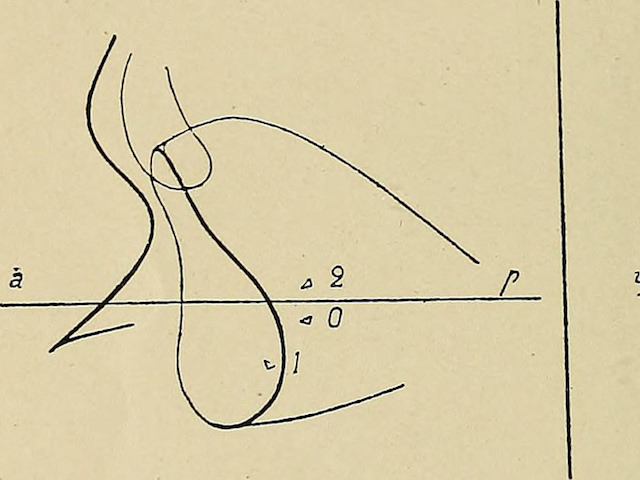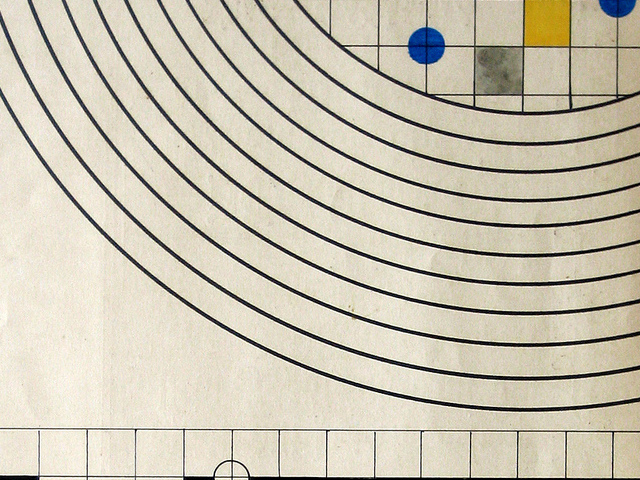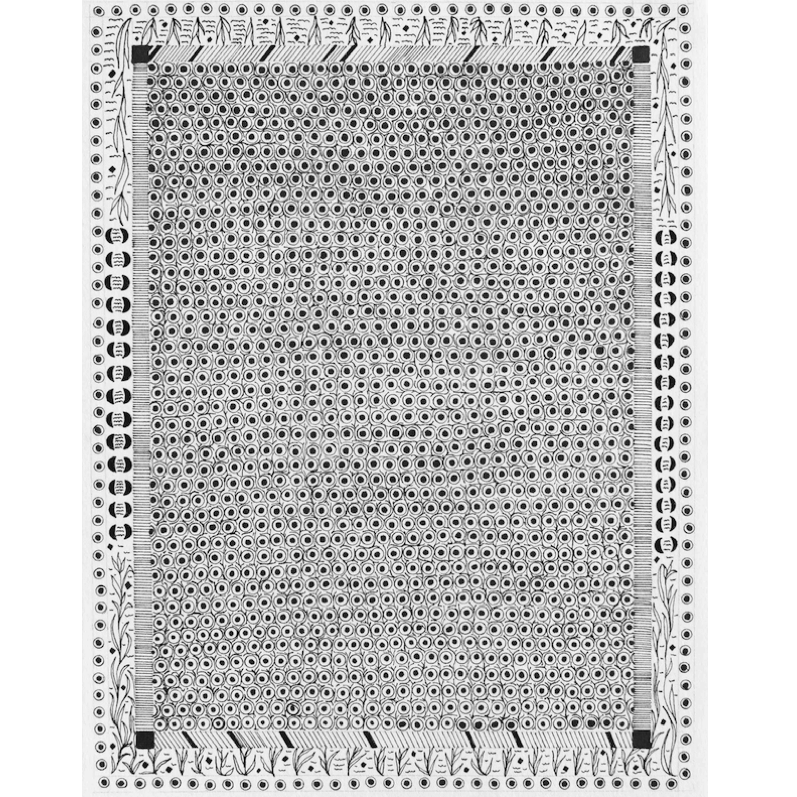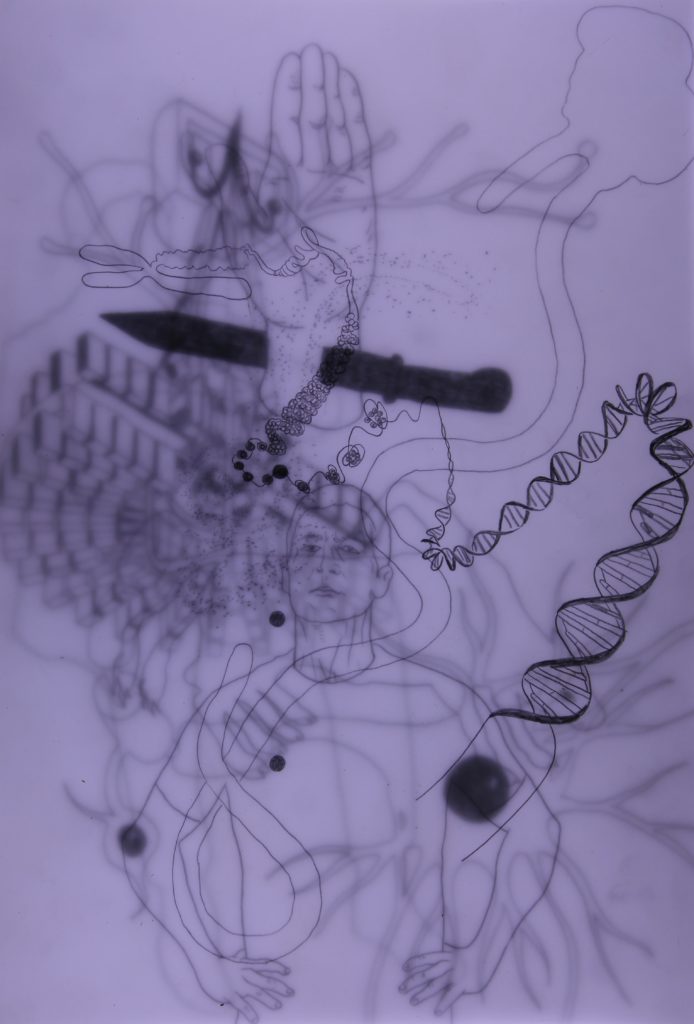Lost memories of India’s Olympic team, transversal writing, translation and multilingualism, the necropastoral, vampires, and more.

August 20, 2016
Keep a window open for us at the end of your weeks—starting today we’ll be sharing our favorite articles, posts, and links of the past seven days! To kick off our weekly series, we’re thinking about sport, body, and translation. If you’re searching for more on Olympic histories and the decolonial potentiality of vampires, we’ve got you and your weekend more than covered. Scroll through and be sure to get your app of choice ready to tuck in these links for the next few days.
The Agony and Ecstasy of India at the Olympics by Amitava Kumar
Friend of the Workshop and AAWW Board Member Amitava Kumar revisits tensions of loss and victory in reflecting on India’s fraught Olympic and athletic histories for newyorker.com.
Not long ago, I discovered that I could own a piece of my childhood trauma if I shelled out sixteen dollars on eBay. The August 22-28, 1976, issue of the Illustrated Weekly of India, which came out just after the Montreal Olympics, bore the following headline: “600 Million Indians—Not One Bronze!” The men’s field-hockey team, which had won the World Cup the previous year, finished seventh in Montreal. It was the first time since 1924 that the team had returned from the Olympics without a medal. I was thirteen then and do not remember whether the report in the Illustrated Weekly offered me any consolation. It probably didn’t, since the headline is the only thing that has remained in my memory. Which is all to say that, if for the rest of the world the Olympic Games represent glorious achievement through sports, for many urban, educated, middle-class Indians, they offer only a ritual wallowing in a feeling of failure.
A Whole New Ballgame by David Singh
With prominent players like Indian Canadian Jasvir Rakkar of the Chicago Cubs and Pakistani Canadian Farhan Zaidi of the Dodgers, David Singh explores relationships of South Asian North Americans, family, and baseball, on SportsNet.
For some reason, though, I never took to the sport. I remember trying on his pads and helmet as a child, and even attending his matches, but baseball was what really gripped me. Maybe it was due to geography, or maybe the fact the Blue Jays were so good in the early 1990s. At age eight I began to idolize Toronto second baseman Roberto Alomar. Partly because of his style and flair on the field, but also because he kind of looked like me—a brown-skinned male with curly, dark hair. As a youth that mattered; I wanted to see parts of myself represented in the players I admired. Though his Latin background and my South Asian heritage were obviously separate and distinct, I gravitated to Alomar because of that resemblance.
There were no MLB players back then who shared my ancestry—and today there still aren’t.
Vu Tran: The Uncertain Memories of a Four-Year-Old Refugee by Vu Tran
Vu Tran talks shifting between worlds, traversing memory landscapes, and migrating from Vietnam to the U.S on LitHub.
Given my fairly uneventful upbringing in Oklahoma, I’ve often thought of those four years and 360 days before America as the most important and interesting of my life so far. Although we were more fortunate than thousands of Vietnamese refugees, I still lived through five months of constant uncertainty and impending peril, too young to understand or retain those events, those emotions, but perhaps I’ve also forgotten how intensely I experienced them at the time. On some level, because I’m a writer always looking for material, I’ve been trying most of my writing life to reclaim those years, to invent stories that evoke all that drama I’ve forgotten of my own life.
When people ask me if my novel Dragonfish is based on my own refugee experience, I want to tell them no—at least not in the way they’re thinking.
Documenting the Undocumented: Carceral Architecture and Migrant Bodies by Tings Chak
In conversation with Léopold Lambert for Archipelago, the podcast of the Funambulist Magazine, Tings Chak expands on migrant/prison justice and the violence of architecture. (By the way, we recently featured Tings at our Undocumented Architecture event which you can relive with #UndocumentedAAWW!)
In this conversation that occurred before her presentation at New York’s Left Forum, Tings Chak and I discuss about the historical and contemporary racialized treatment of migrant bodies in North America and Europe. Refused, expelled, marginalized, or detained, the migrant body is a precarious one. Through Tings’ upcoming graphic-essay book, we talk about carceral architecture, in particular the one that embodies the numerous migrant detention centers in Canada. What does that mean at a legal standpoint to be incarcerated not for punishing reasons but for administrative reasons? How does architecture unfold violence upon bodies through its very physicality? What would that mean for architecture to pledge not to design spaces of torture like the one Architects/Designers/Planners for Social Responsibility drafted? What is a Sanctuary City? We try to examine these questions and determine the role we play in them as trained architects.
Imagining a Future without the Sun by Janice Lee
In a response to Sueyeun Juliette Lee’s poetry collection of speculative futures Solar Maximum, Janice Lee re-imagines connections between bodies, space, and language and how we can approach the apocalypse, on Electric Literature. Read three poems from Sueyeun’s collection on The Margins.
The writing in Solar Maximum arrives out of a labored interaction of reading not language, but light, and the world around us, an interaction that acknowledges that memories are motionless, that duration is permeable, and, as Gaston Bachelard writes, “localization in the spaces of our intimacy is more urgent than determination of dates.”
…
[E]verything is increasingly too much and not enough. Life is a series of breaths: to see a perspective only when the seer and the seen are aligned. How then, are position and perception related? How do the orbit, movement, and alignment of bodies relate to how we see? How do gravitational effects manifest in the spaces between us, create and shrink distance, allow us to see colors, connect bodies and break them? Indeed how does light arrive, yet too, how does language arrive? How is language ultimately given and received?
Code switchers, Multilinguals, Vampires by Kenji C. Liu
How can we configure a decolonized poetry? Kenji C. Liu’s preliminary notes published on Entropy magazine take the first bite, exploring the necropastoral, rationalism, Japanese immigrant labor and poetry, and the multilingualism of vampires.
Many things lie underneath the pastoral landscape, including skeletons, as is the case with the US settler colony. Above it, the “nature” that covers it is shaped by hired hands. To recognize the necropastoral demands, among other things, that the living bodies of the gardener, landscaper, day laborer rise to the fore.
This is why US American zombie poetry hates vampires—we make things messy. US American poetry should be bitten by multilingualism. Actually, it’s been bitten already, but doesn’t realize it. Zombies don’t have very good memories. They try to take elixirs and legislate remedies. Imagine a pure past that never existed. But vampires challenge the nativism and parochialism of believing that non-English poetry is exclusively from outside the US. And that the movement of literary translation is only from outside US national borders to inside. Vampire poetry is already everywhere.
Where Are the Women in Translation? Here Are 31 to Read Now. by Liz Cettina
Spanning poetry, fiction, and numerous borders, Words Without Borders compiles a list of translated works including Marlene van Niekerk’s Agaat and Qiu Miaojin’s Last Words from Montmartre.
In 2013 Alison Anderson asked, “Where are the women in translation?” In celebration of Women in Translation month, here are books by 31 women writers from around the world to add to your reading list.



